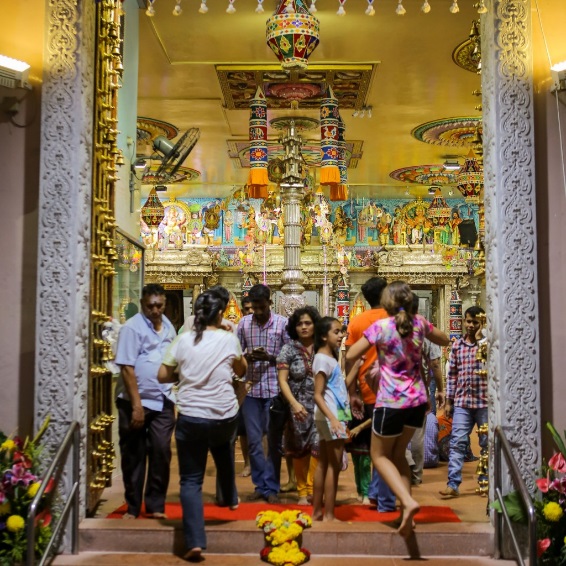Homogenisation and fragmentation, inclusivism and exclusivism in the development of Hinduism in Singapore
November 5, 2018

How are religions affected when they are practised and cultivated in diasporic communities?
Diwali, celebrated in late October, is arguably the biggest Hindu festival, both in terms of its grandeur and the number of people who celebrate it all over the world. Known in Singapore as Deepavali, preparations begin months in advance, with night markets and large displays ornamenting Little India from August onwards.
A/P Rajesh Rai (NUS South Asian Studies Programme) investigates this fascinating proliferation of ‘Hinduism’ across the world, to the extent that the term itself gains contested definitions. Examining the development of Hinduism in Singapore, Rai traces the ways in which cultural practices have been adopted and altered with the changes in the Hindu population. For instance, because the early Indian settlers in Singapore were mostly from Tamil Nadu, there is a strong presence of Tamilian ‘folk’ Hinduism in the Singaporean cultural consciousness of this religion. One can say that in Singapore, Thaipusam is as equally celebrated as Deepavali, whereas in India, the comparative significance of Thaipusam is much lower.
As the Hindu population in Singapore began to diversify, with more migrants coming from the North, so did the practices. Today, with the rise of a more global mindset to religion, Singapore is also host to centres such as The Art of Living that encourage everyone, regardless of religious background, to practise meditation, yoga, and mindful living. Changes in Singapore’s Hindu diaspora have led to a diversification of Hinduism across the city-state.
Read the full article here.
